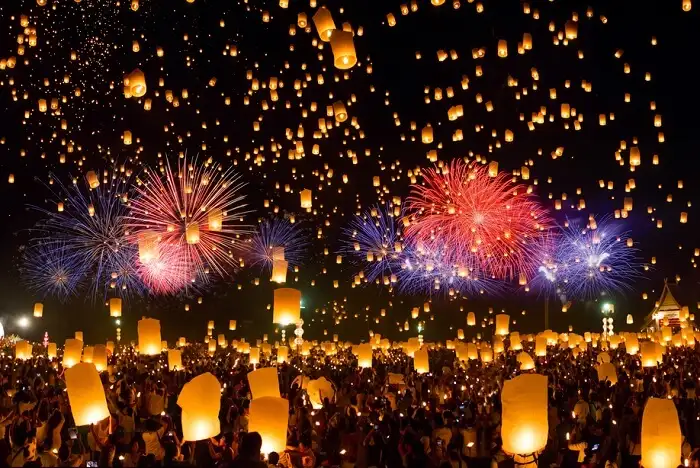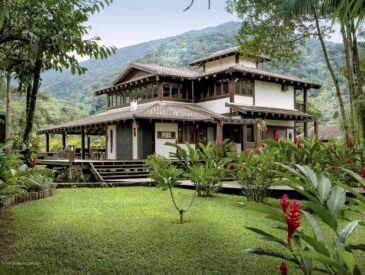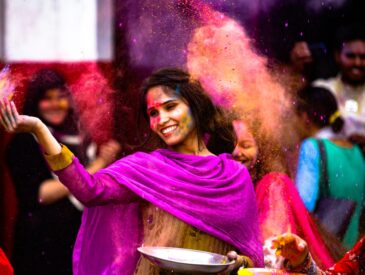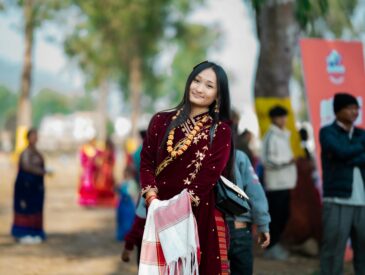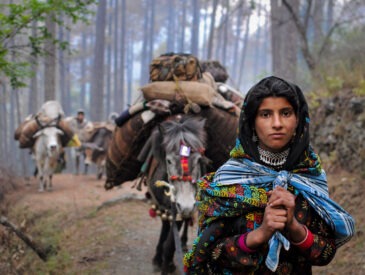Celebrating New Year’s in Nepal offers a unique experience, deeply rooted in the country’s rich cultural diversity. Unlike many other parts of the world, Nepal celebrates multiple New Year’s depending on various calendars, making the experience truly unique. From the widely observed Bikram Sambat New Year to the Newari New Year and beyond, each celebration comes with its own traditions, festivals, and customs that define Nepal’s vibrant cultural identity.
Bikram Sambat New Year: The National Celebration
The most commonly observed New Year in Nepal is based on the Bikram Sambat calendar, the official calendar of Nepal. It typically falls in mid-April and is celebrated as a national holiday across the country. Celebrating New Year’s in Nepal according to the Bikram Sambat is marked by various festivities including public parades, family gatherings, feasts, and temple visits. The day is regarded as a time for new beginnings, renewal, and blessings for the coming year. Cities like Kathmandu and Pokhara are bustling with energy during this time, as locals and tourists come together to join the festivities.
Newari New Year: Celebrating Mha Puja
The Newari New Year, also known as Nepal Sambat, is celebrated primarily by the Newar community in the Kathmandu Valley. Unlike the Bikram Sambat New Year, the Newari New Year falls in late October or early November during the Tihar festival, Nepal’s version of Diwali. One of the most significant traditions during this New Year celebration is Mha Puja, a ritual dedicated to cleansing and empowering the self. The Newari New Year reflects the deep cultural heritage of the Newar people, who play a key role in preserving Nepal’s traditional art, architecture, and festivals. Celebrating New Year’s in Nepal in this way highlights the diversity of the country’s cultural practices.
Gurung and Tamang New Year: Tamu Lhosar and Sonam Lhosar
Another fascinating aspect of celebrating New Year’s in Nepal is the celebration of Lhosar, which is observed by the Gurung, Tamang, and Sherpa communities. Lhosar marks the beginning of a new year according to the Tibetan calendar and is celebrated with immense joy and enthusiasm. Tamu Lhosar is celebrated by the Gurung community in December, while Sonam Lhosar is observed by the Tamang people in January or February. These celebrations feature traditional dances, feasts, and rituals that are designed to ward off evil spirits and welcome prosperity. The vibrant costumes, music, and dances make Lhosar a colorful and joyful celebration that attracts both locals and tourists.

Celebrating English New Year in Urban Nepal
Though Nepal has its own rich traditions for celebrating New Year’s, the global influence of the English (Gregorian) New Year on January 1st has also made its way into urban Nepal. Cities like Kathmandu and Pokhara host parties, events, and countdowns to mark the occasion. Hotels, restaurants, and clubs organize celebrations with fireworks, live music, and dance performances. This version of celebrating New Year’s in Nepal reflects the increasing influence of global culture on Nepal’s urban life, while the traditional celebrations continue to be the backbone of the country’s New Year festivities.
Spiritual Significance of New Year’s Celebrations
For many Nepalis, celebrating New Year’s in Nepal is not just about parties and events; it is also a deeply spiritual occasion. People visit temples, offer prayers, and perform rituals to cleanse the soul and seek blessings for the year ahead. In many regions, people engage in fasting and meditation during this time, seeking inner peace and spiritual growth. The New Year is seen as an opportunity for reflection, renewal, and the setting of intentions for a better future.
Conclusion
Celebrating New Year’s in Nepal is a diverse and enriching experience, with different calendars, cultures, and traditions shaping the festivities. From the Bikram Sambat to the Newari New Year, Lhosar celebrations, and even the Gregorian New Year, Nepal’s New Year celebrations are a true reflection of the country’s cultural and spiritual richness. Whether you are part of the vibrant community parades or quietly reflecting in a temple, the New Year in Nepal offers something for everyone, making it a memorable and meaningful experience.

